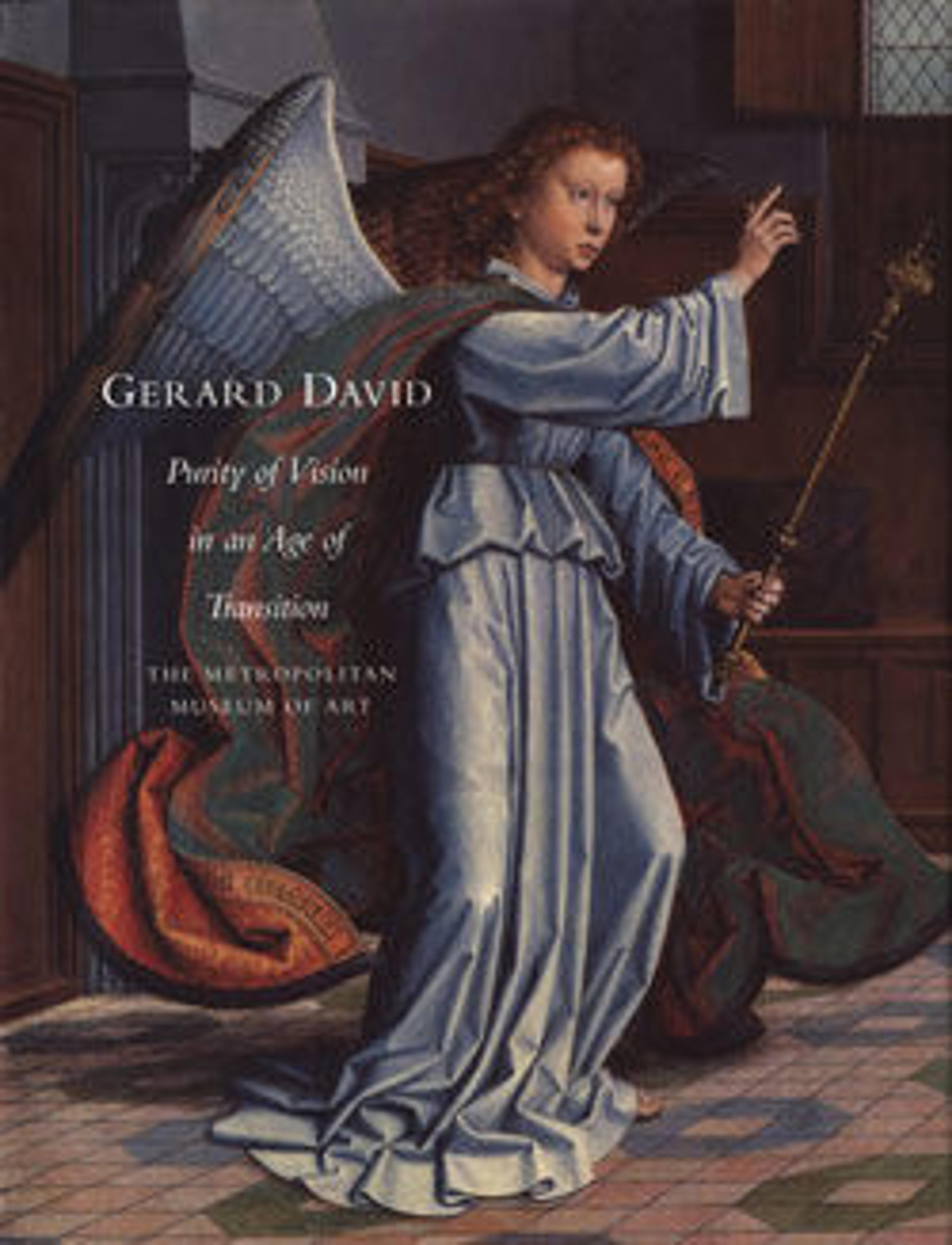Virgin and Child in a Niche
This picture, likely produced in close association with Van Eyck’s workshop in Bruges, reflects the popularity of Van Eyck’s Virgin and Child at the Fountain (Royal Museum of Fine Arts, Antwerp), which continued into the 1500s. Here, the Virgin lovingly embracing her child, a pose originally derived from Byzantine prototypes that circulated in the Low Countries, is placed within a flamboyant Gothic niche adorned with statuettes of the biblical figures of Moses and Isaiah (above) and personifications of the Church and Synagogue (below). The architecture, imbued with theological meaning, serves as a shrine for the sacred pair.
Artwork Details
- Title:Virgin and Child in a Niche
- Artist:Workshop of Jan van Eyck (Netherlandish, Maaseik ca. 1390–1441 Bruges)
- Date:ca. 1440–50
- Medium:Oil on wood
- Dimensions:23 x 12 1/8 in. (58.4 x 30.8 cm)
- Classification:Paintings
- Credit Line:Marquand Collection, Gift of Henry G. Marquand, 1889
- Object Number:89.15.24
- Curatorial Department: European Paintings
More Artwork
Research Resources
The Met provides unparalleled resources for research and welcomes an international community of students and scholars. The Met's Open Access API is where creators and researchers can connect to the The Met collection. Open Access data and public domain images are available for unrestricted commercial and noncommercial use without permission or fee.
To request images under copyright and other restrictions, please use this Image Request form.
Feedback
We continue to research and examine historical and cultural context for objects in The Met collection. If you have comments or questions about this object record, please contact us using the form below. The Museum looks forward to receiving your comments.
